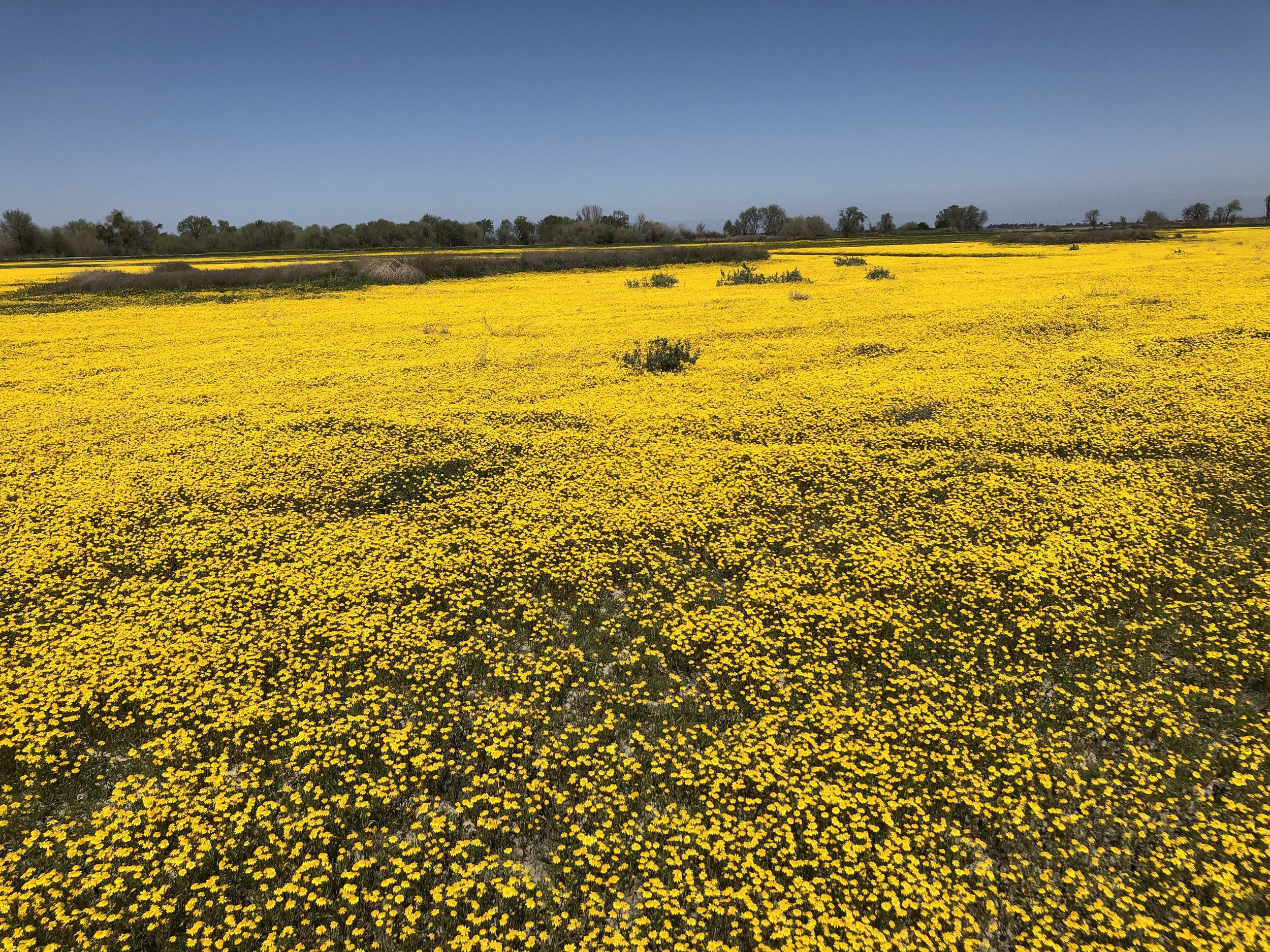
A Healthy Growing Environment is the First Step to Sustainability
A Dedication to Improving the Soil Health
Stone Land Company has long been at the forefront in making a conscientious effort towards improving our soil health through a multitude of different practices that have been refined over years of meticulous implementation. We have sought out experts in a variety of different fields, in order to increase soil health and viability and to reduce damage to the environment. It has been a steady process of improvement with regards to our farming practices that has led us to becoming a sustainable farm. Our mission is to see that the next generation of our family will be able to farm on the same land that their forefathers did, in keeping up with the family legacy.
Water Conservation
Water is the vital resource for San Joaquin Valley farmers. Efficient use of water has gone to the forefront when it comes to planning for the future. We began implementing drip irrigation in 2002, since then we have put over 95% of the ranch into sub-surface drip tubing or surface drip for the tree crops. This practice reduces evaporation loss to the environment and has allowed us to more efficiently irrigate the crops directly to the root zones. The drip irrigation coupled with soil neutron probes, to monitor the amount of moisture in the soil profile, has allowed us to drastically reduce the amount of water applied to produce a viable crop. Recently in 2017, we implemented automated irrigation over 3000 acres. All wells and filter stations across these acres are controlled remotely via the internet in order to efficiently use the water for irrigation. We currently use the system to shut down during peak energy usage periods in order to reduce the strain on the power grid. Adapting to change is important at Stone Land Company and we pride ourselves on stepping up to the challenge.
Reducing Greenhouse Gases
Stone Land Company is dedicated to reducing our GHG emissions. We have currently replaced most of our fleet of heavy trucks with newer trucks that have systems in place to reduce the pollution from the exhaust. We have replaced many of our older tractors as well with Tier 2 engines to more eco-friendly Tier 4 engines. In California, we follow the California Air Resources Board’s plan to reduce our overall carbon footprint. The diesel irrigation motors have all been replaced with electric variable frequency drive motors. Solar power has also been implemented on our ranches, with the generation of over 1 megawatt of power, the majority of the power on our largest ranch comes from renewable hydroelectric power. Dust is one major problem that we have with regard to air quality in our region, to combat this our dirt roads are grated and sprayed with a salt solution that binds the top layer of the roads to keep them from creating as much dust. This has reduced our need to water the roads as frequently as well, which cuts down on pollution from the tractors that are used for the watering of the roads.
Cover Crops
Cover Cropping has become a common practice for us in the last three years. We have done over 3,000 acres of multi-species cover crops in our row crops. The use of these cover crops has seen us have a significant boost in the overall soil health. It has also helped increase infiltration into the profile in some of our more difficult soils. The use of the cover crops has been beneficial also in capturing carbon and sequestering it into the soil. There is a synergistic effect between the row crops and the cover crop that has increased yields and overall quality of the commodity produced. The local beekeepers also use it in the summer to nourish their multitude of hives due to various amounts of flowering species inside the seed mix.
Regenerative Agriculture
In 2021, we partnered with Fibershed to begin growing cotton using regenerative agricultural practices. These practices include growing the cotton with a multitude of practices including a 20% reduction in synthetic nitrogen fertilizer, no use of Roundup (glyphosate) products, incorporation of livestock, and no-till farming. This first year has led to a good crop and has also maintained the vitality of the soil. This first year was a 50-acre test plot. After the success we had last year, we will be partnering with Fibershed once again to grow 300 acres of regeneratively grown cotton. Many big-name brands have jumped on board to purchase some of this sustainably grown cotton.
Maintaining Natural Habitat
Good stewardship starts with helping to maintain the natural flora and fauna. Here at Stone Land, we set forth to preserve the native wildlife in our area. Our farms are located near the Kings River, and we put up owl boxes in most of our fields to provide the local owl populations an area of shelter. One of our proudest achievements is an 893-acre area that has been set aside as a nature preserve. The area has a pond that we flood in the winter with the guidance of biologists from the Natural Resources Conservation Services, in order to provide habitat for migratory waterfowl populations. Also, we have created quail coveys using fallen branches from the many valley oaks we have located throughout the ranches. Local beekeepers also place hive adjacent to this area to maintain the overall vitality of their hives. The amount of wildlife in there has grown immensely over the last few years.






